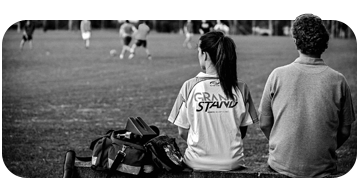
We’re a little bit different at GrandStand, and we’re OK with that...
At Grandstand Sports Injury Clinic we have a very specific focus on sports injury treatment & prevention. We have developed a treatment approach based on some of the most exciting concepts in physical therapy and you’ll see some things at GrandStand which we know you’ll not see in other general practice physiotherapy clinics.
We have practiced our skills on athletes at the top of their games and we know what matters most...
It’s not just rest.
We recognise that athletes want to get back to training and competition as soon as possible. We have redesigned our physiotherapy structure to ensure you get the best advice and treatment to return to activity rapidly, in better condition than ever.
Once your injury has been diagnosed, we utilise a variety of physiotherapy and exercise science principles to make sure that you are able to perform at your very BEST. Included in our treatment plans (as your body requires) is deep tissue massage, dry needling and corrective exercise plans in our state of the art gym area.
As part of your physiotherapy treatment at GrandStand, you’ll also have access to our elite level technologies, so you can use the same equipment the pro’s use, including our Alter G Anti-Gravity Treadmill, AxIt Performance Testing and Normatec Leg Recovery Boots.
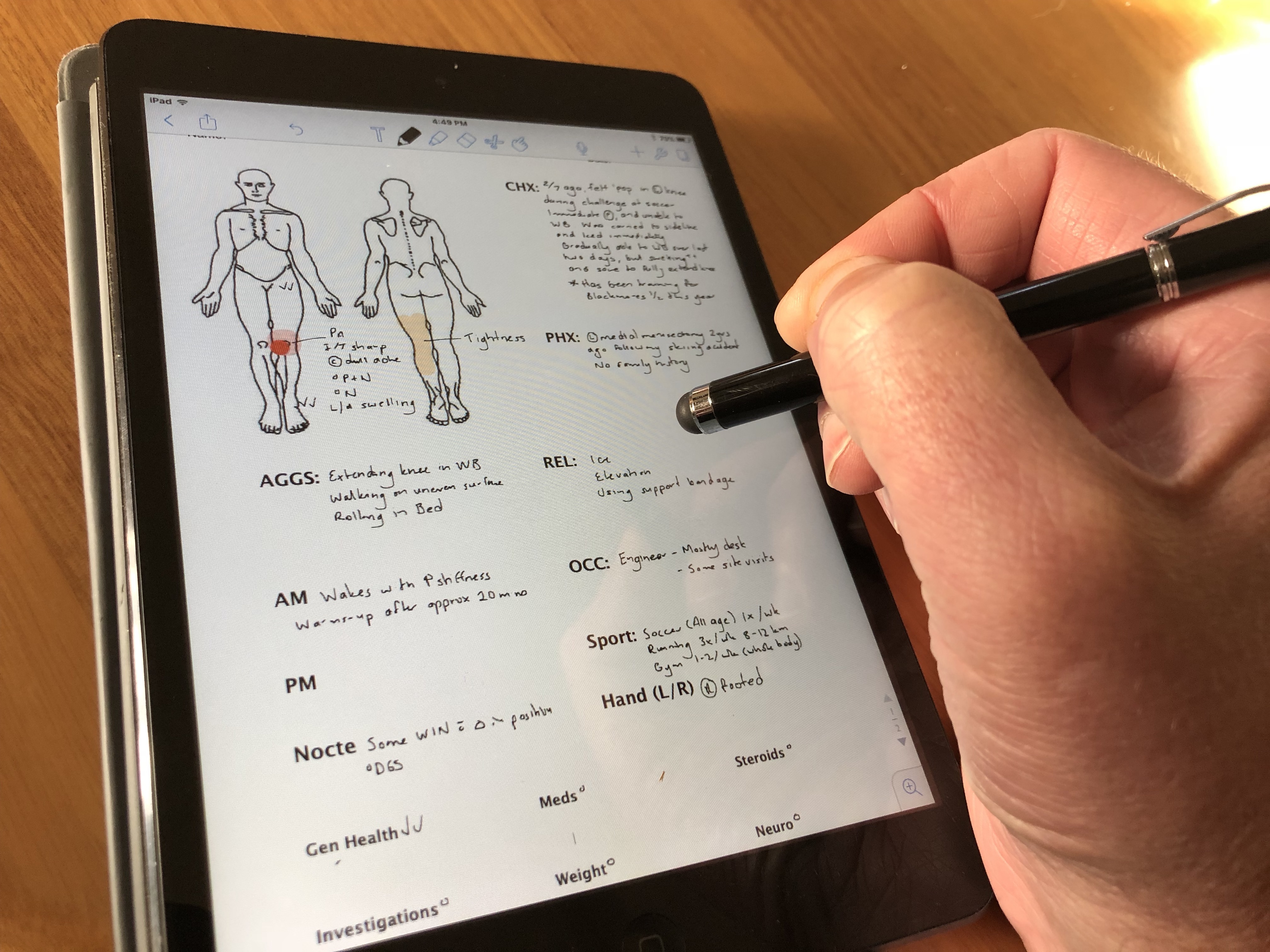
Asking the right questions
You have a story beyond your injury. We take the time to listen to your story, find out about your injury and most importantly, your goals. We make sure that we have the information to understand your injury, how to fit your rehabilitation into your lifestyle and how to return you to your activity as quickly as possible.
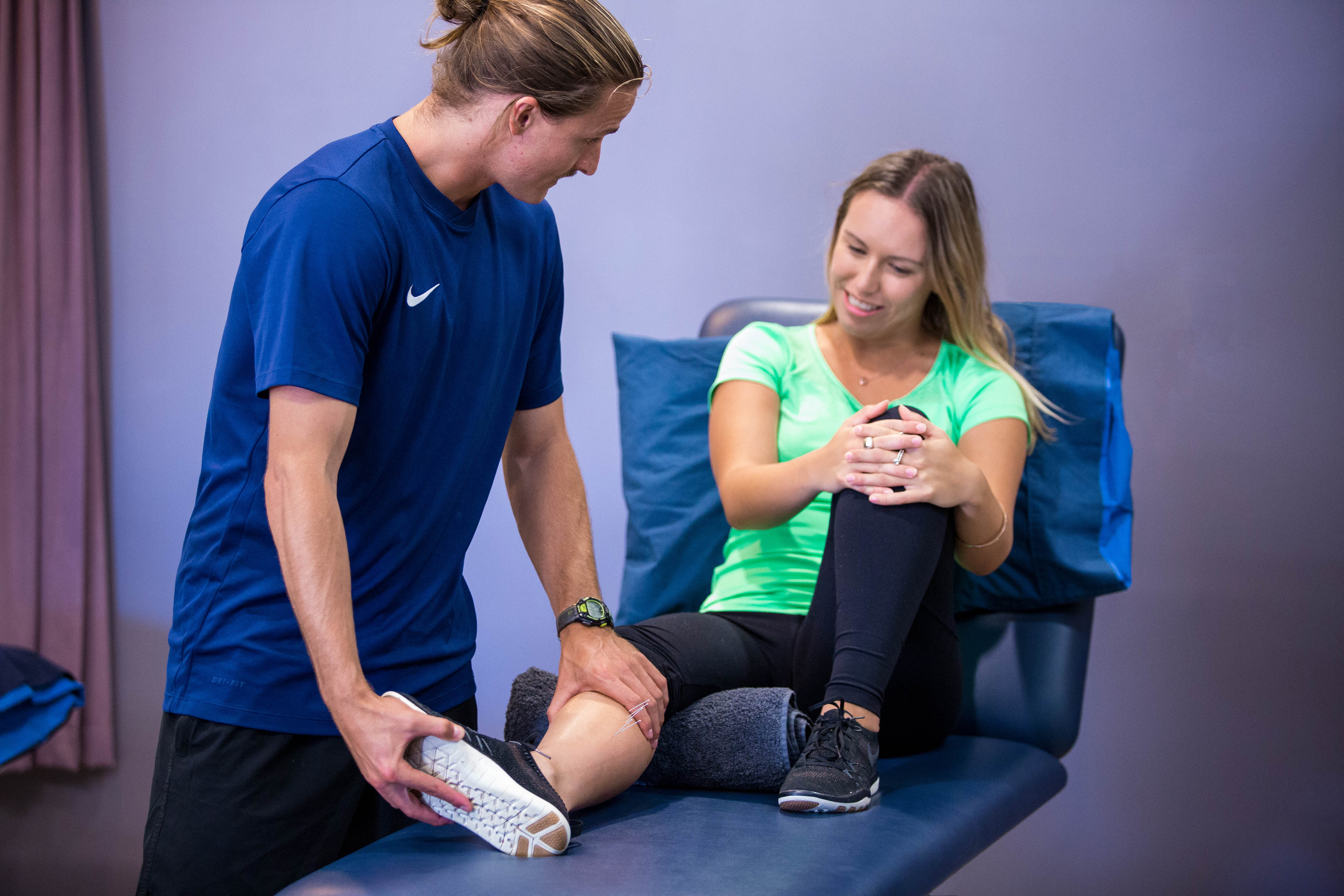
Let's See You Move
Injuries have patterns, patterns that can be identified with a thorough physical assessment. The most important thing about any diagnosis is that it should dictate what you are able to do, not define what you can’t do. We will test your capabilities, with the aim to not only to rehabilitate your injury, but make you more injury resistant and allow you to return to a higher level of activity.
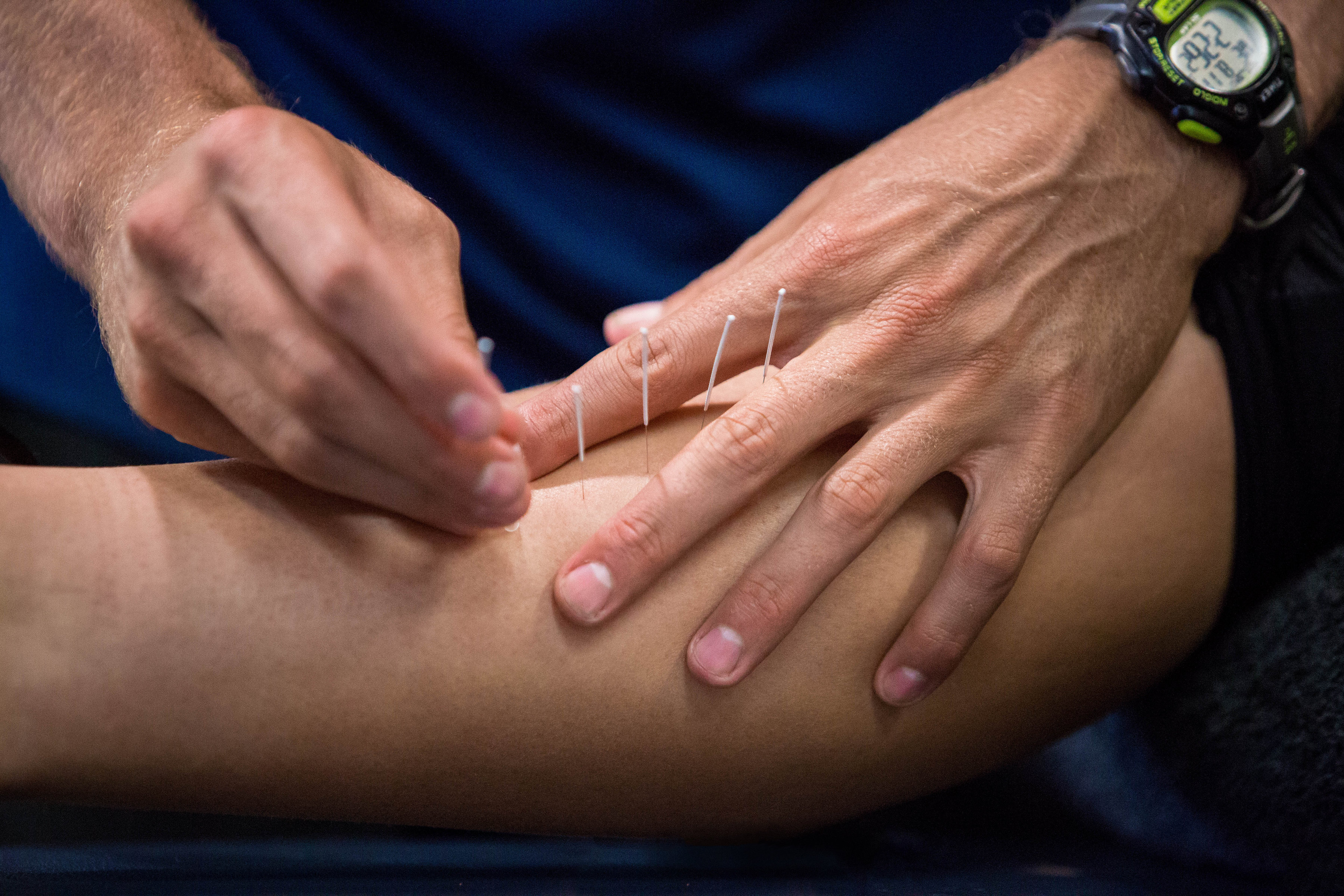
RESTORE, REBUILD, RETURN
NOW is when the real work begins, NOW is when your rehabilitation commences. Including deep tissue massage and dry needling, we utilise a variety of physiotherapy and exercise science principles to make sure that you are able to perform at your very BEST.
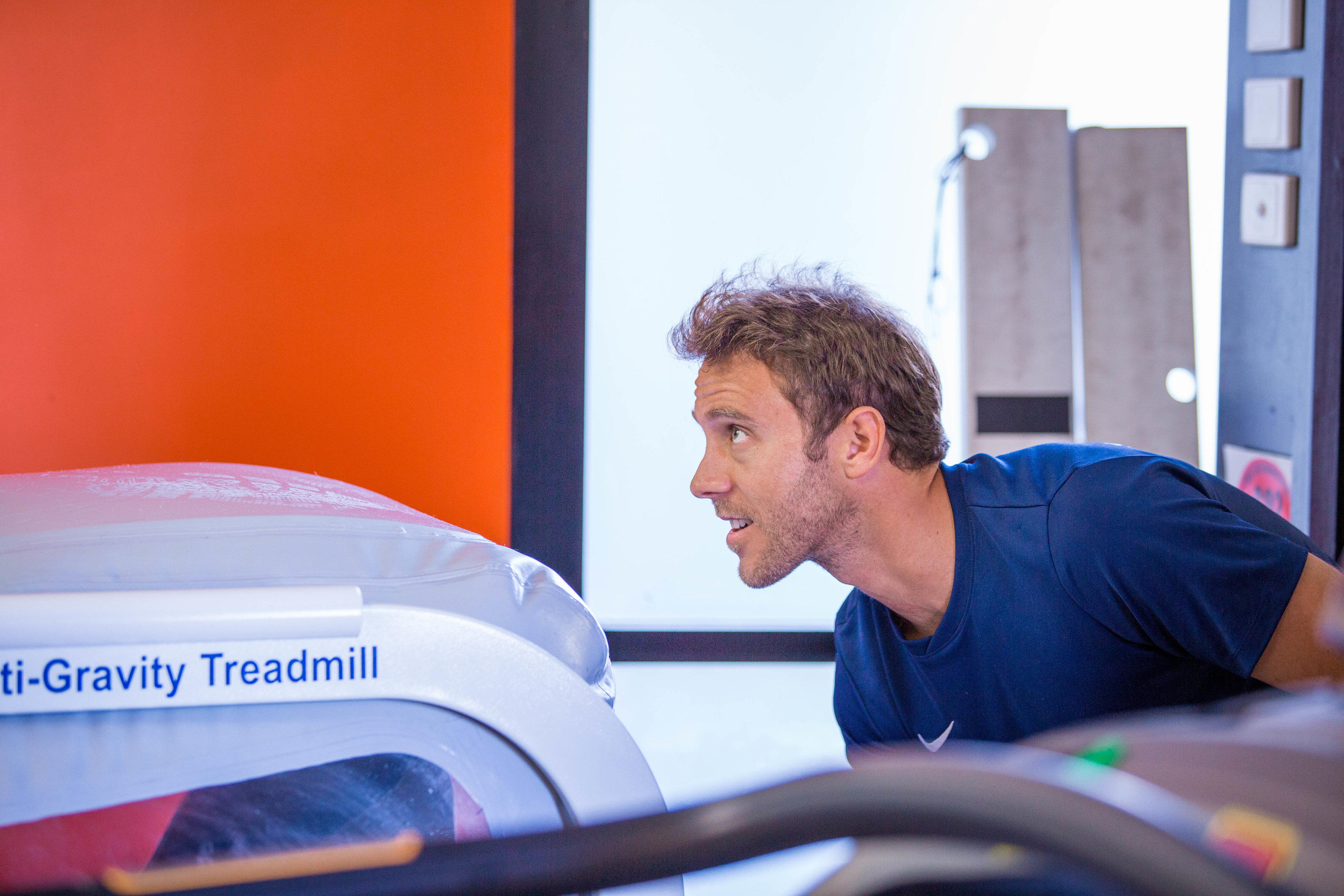
WHERE THE MAGIC HAPPENS
We have a state of the art gym area with the same equipment the pro’s use to assist in your recovery and rehabilitation. Through our years of experience working with elite athletes, we know that athletes want to get back to training and competition as soon as possible. In clinic gym area, we will guide you with the most suitable exercises, and a graded return to full activity.
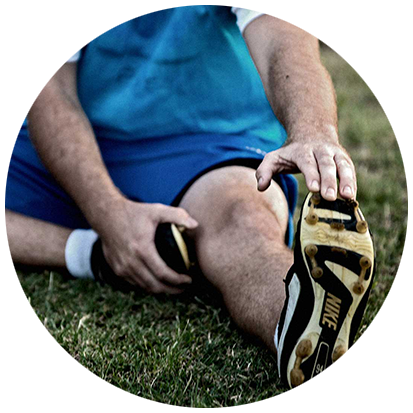
Case Study
Athlete: 20 year old elite footballer
This athlete presented having had a long history of minor strains, each one resulting in 1-3 games missed. After each incident, the athlete worked hard to restore Hamstring strength and flexibility but was always aware of tightness, especially after hard sessions. He had been able to continue by getting regular massage, but felt he had lost some confidence with explosive movements.
On examination, the Athlete had indeed regained his strength and flexibility. There was very little to suggest that the hamstring had not fully recovered.
The Athlete underwent the SFMA and FMS screenings. These tests identified a rotary dysfunction in the right thoracic spine. Using Tom Myers Anatomy Trains approach we felt we had identified a fault in the Spiral Line of Fascia. It was postulated, that the stiff upper back meant the athlete was unable to dynamically extend the the left leg freely, loading up his left hamstring (we were never completely sure that this was the case, but at least it gave us a starting point).
With this in mind, treatment consisted of thoracic spine mobility exercises and functional gait retraining. As the Athlete returned to full activity, we continued to assess and maintain Thoracic spine mobility. The Athlete’s confidence returned, and to date he has not had any hamstring complaints, and importantly has not missed any games.
